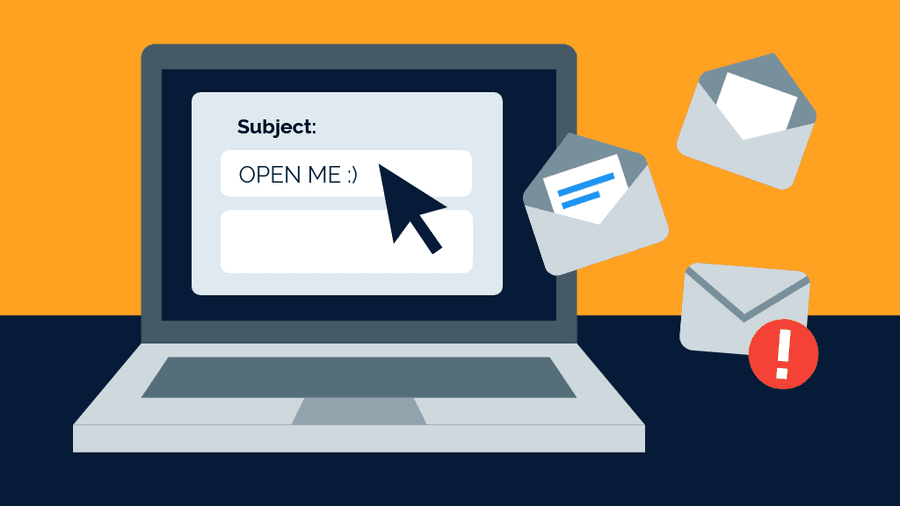Learn more about communication with this collection
Understanding the psychological rewards of bad habits
Creating new habits to replace old ones
Developing self-discipline
Too much noise, too little attention
Nobody wants to read anything you write at work. It's not personal though. We just happen to live in a world where there is so much information asking for our attention.
We can take action and make it easy for our colleagues to read our emails, messages, texts, and memos.
124
393 reads
Write less often
Things that are rare and dwindling become more attractive and are perceived as more valuable. The less we write, the more valuable our writing becomes.
Refrain from responding immediately. If another recipient should answer, give the person the right of first response. Ask yourself:
- Do I need to send this now?
- If not, do I need to send it at all?
- If so, does more than one person really need it?
125
266 reads
Fewer words
We long for clarity and for other people to say what they mean in as few words as possible.
Making wordy sentences that lose their fluency due to needless complexity in a text negatively affects the receiver of your message. In short: big is bad.
122
265 reads
Action words in your subject line
Tell your recipients from the start what you expect.
If they need to read and comment on it before a Tuesday afternoon meeting, instead of "Agenda for Tuesday," use "PLEASE COMMENT: Agenda for Tuesday."
124
298 reads
"Listen" more
Communication is eighty percent listening and twenty percent talking.
In writing, ask clear, concise questions, so they know they'll be heard.
117
320 reads
Don’t answer, ask
When you discover problems, don't compose an email with a long explanation, opinion or instruction as this will make co-workers less inclined to take ownership.
Instead, use one or two sentences to describe the situation, then ask a single question and let the team contribute.
135
244 reads
Lead with the need
Because most of us start rambling with our insecurities - don't try to write a final draft on the first try. Allow yourself a few first drafts, then flip it.
Take the final sentence, the conclusion, and move it to the top. This inversion forces you to lead with the need. Then, you'll find that you can eliminate much of the rest.
128
233 reads
People-proof TL;DR
Especially for memos, agendas, and group emails, add a TL;DR (too long; didn’t read) summary.
Follow this formula: Who does what by when and how are we going to track progress. Write this person by person if needed. If the TL;DR clearly summarizes everything, send only the TL;DR.
101
230 reads
"You", "them", "we"
Put yourself in the other person’s shoes and ask, “What’s in it for them?”
When we seek assistance or buy-in, asking for an opinion produces a critic. Asking for advice provides a partner.
Pay attention to your pronouns as well: "You" is selfish. "Them " is selfish. But "we " means working together.
112
229 reads
CURATED BY
More like this
13 ideas
10 Simple Ways to Improve Your Business Writing Skills
moneycrashers.com
10 ideas
How to Write For the Way Your Coworkers Actually Read
blog.doist.com
5 ideas
Read & Learn
20x Faster
without
deepstash
with
deepstash
with
deepstash
Access to 200,000+ ideas
—
Access to the mobile app
—
Unlimited idea saving & library
—
—
Unlimited history
—
—
Unlimited listening to ideas
—
—
Downloading & offline access
—
—
Personalized recommendations
—
—
Supercharge your mind with one idea per day
Enter your email and spend 1 minute every day to learn something new.
I agree to receive email updates

